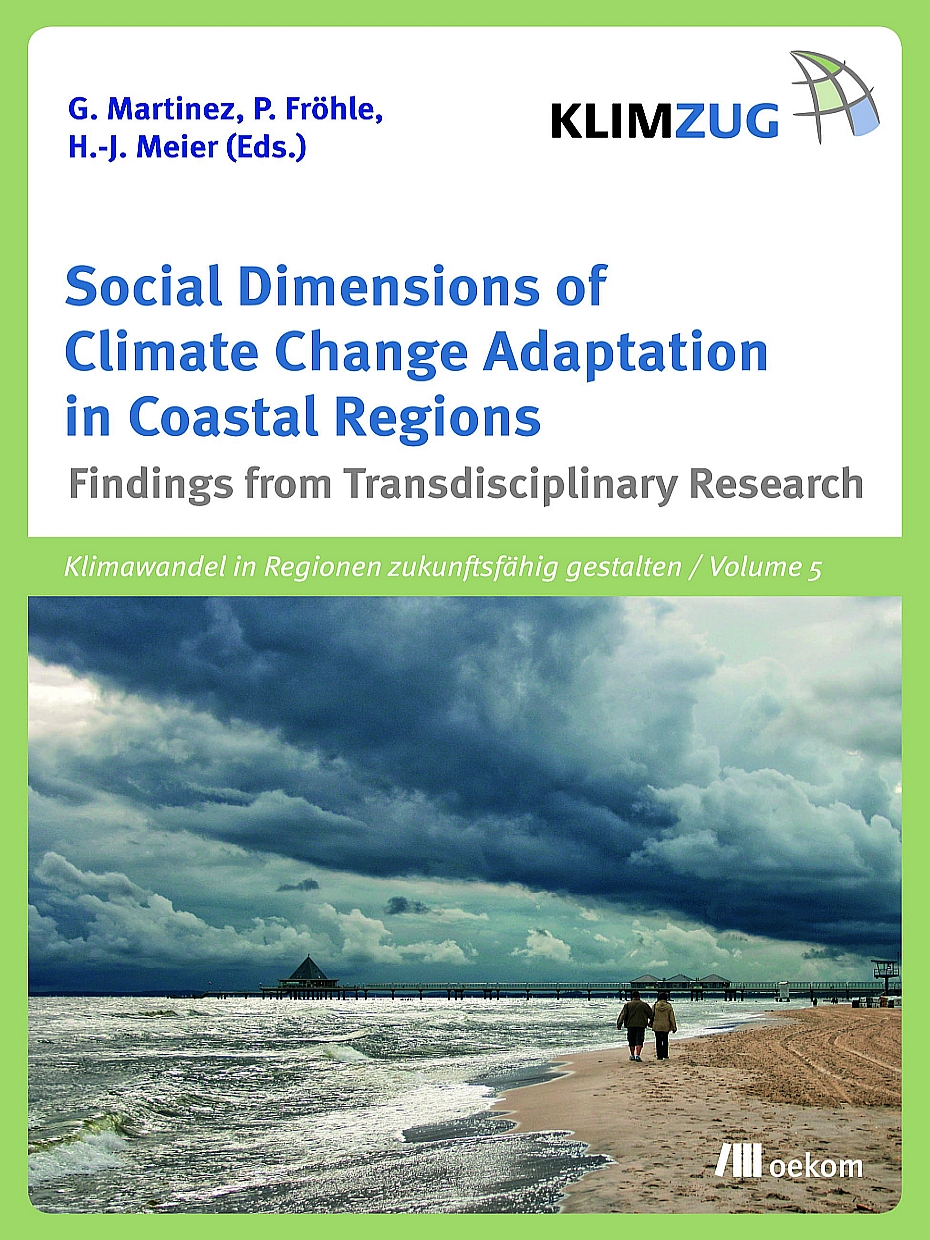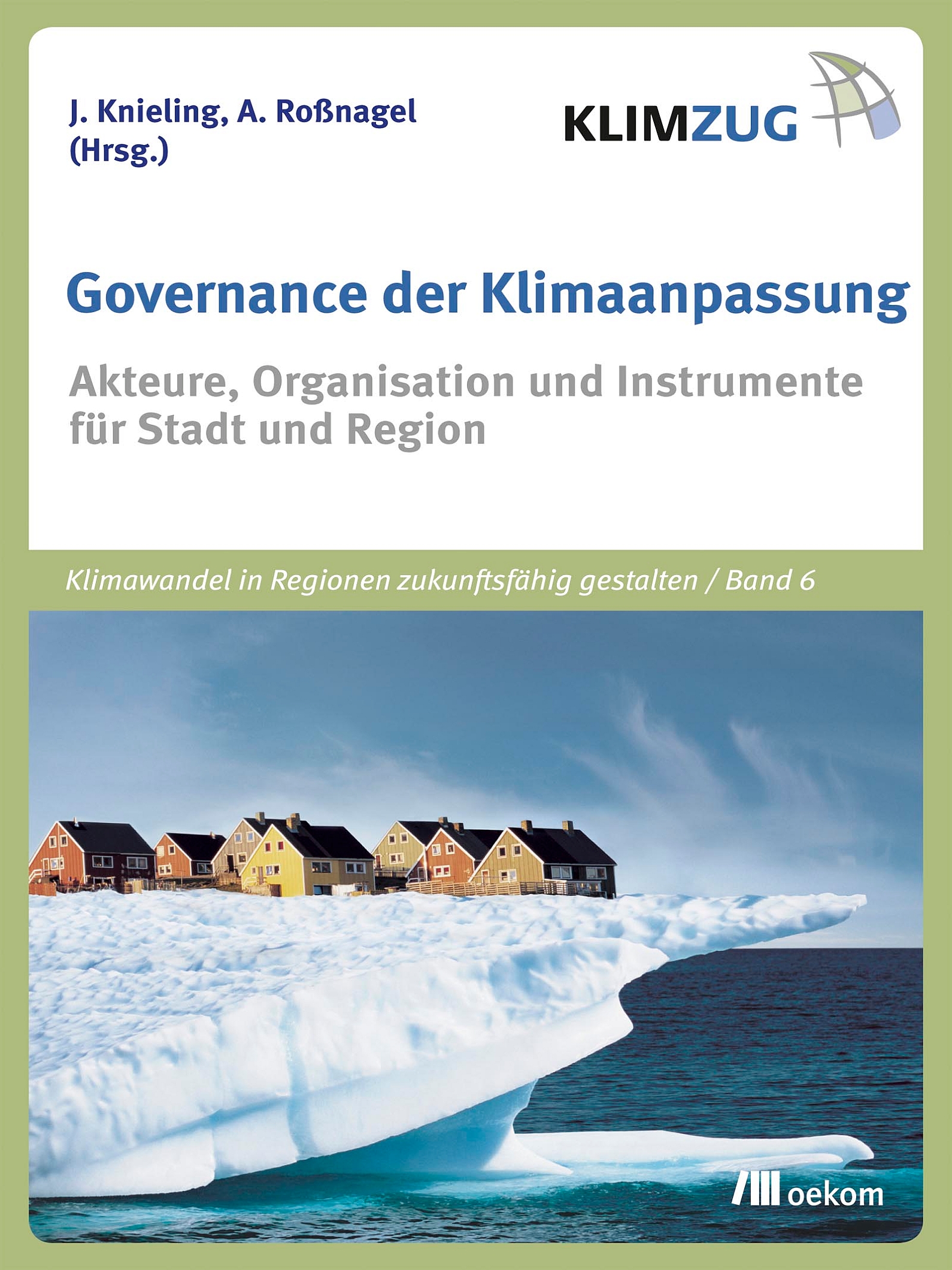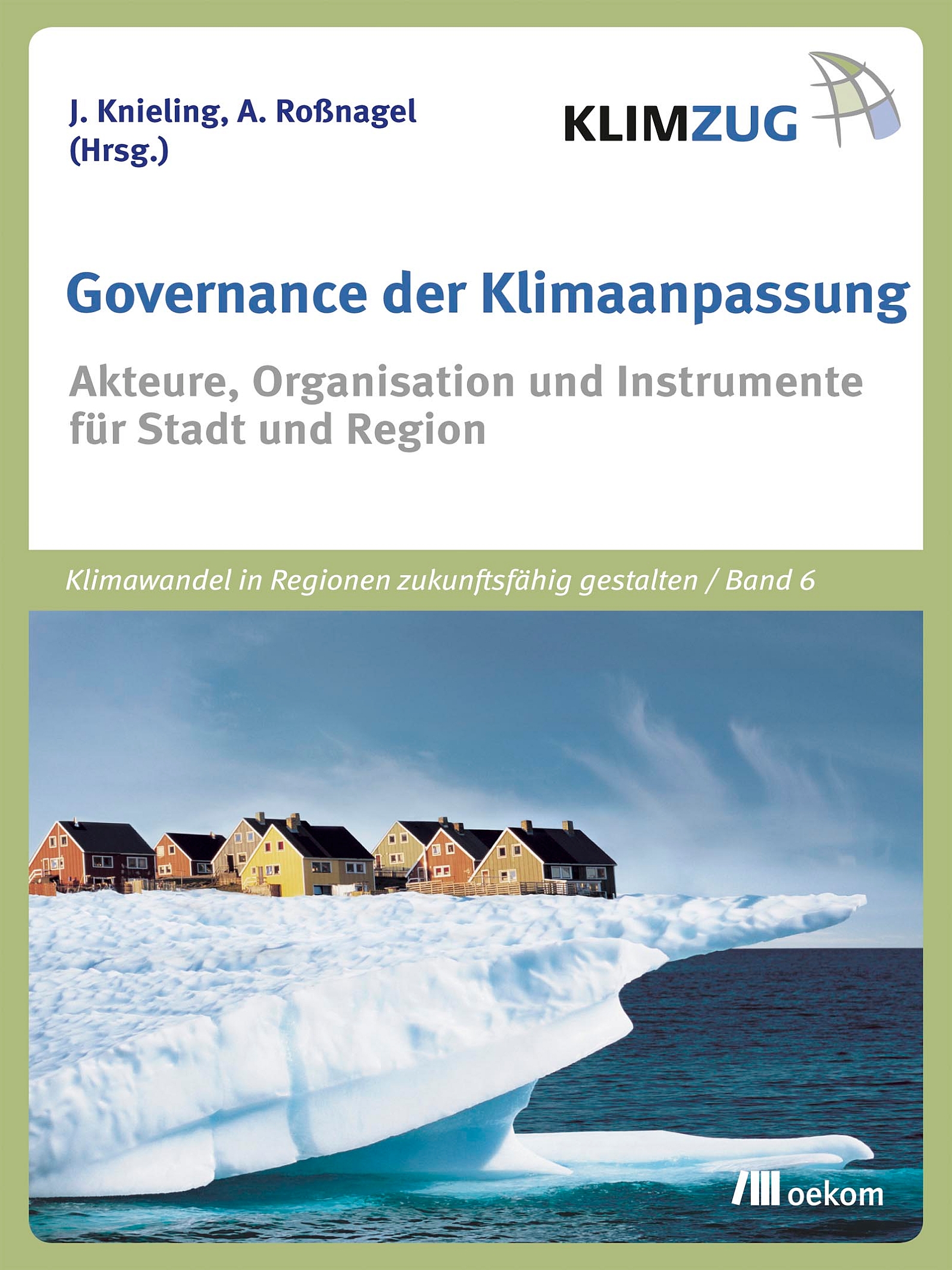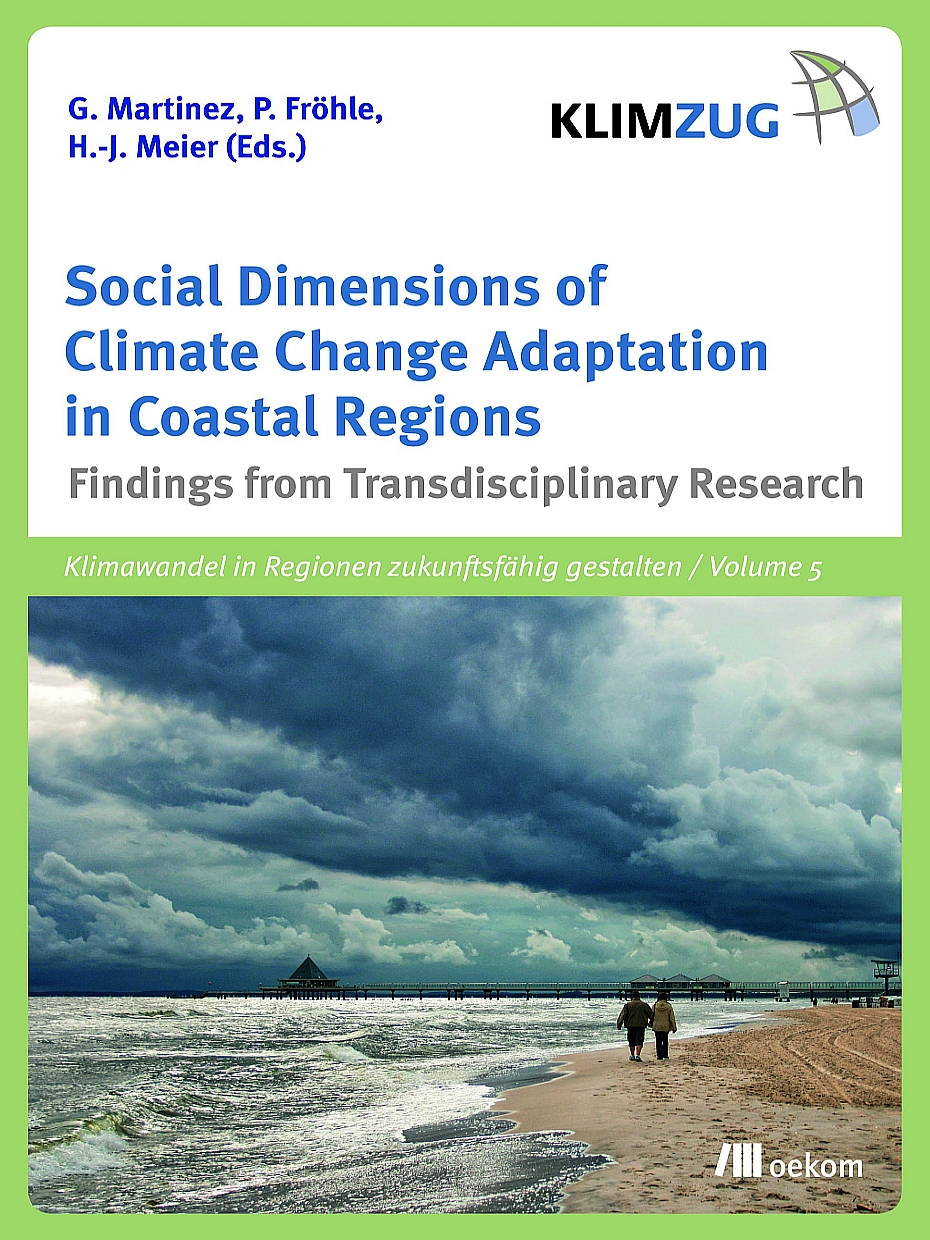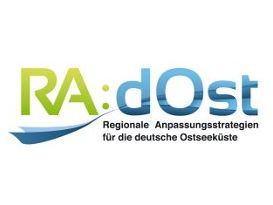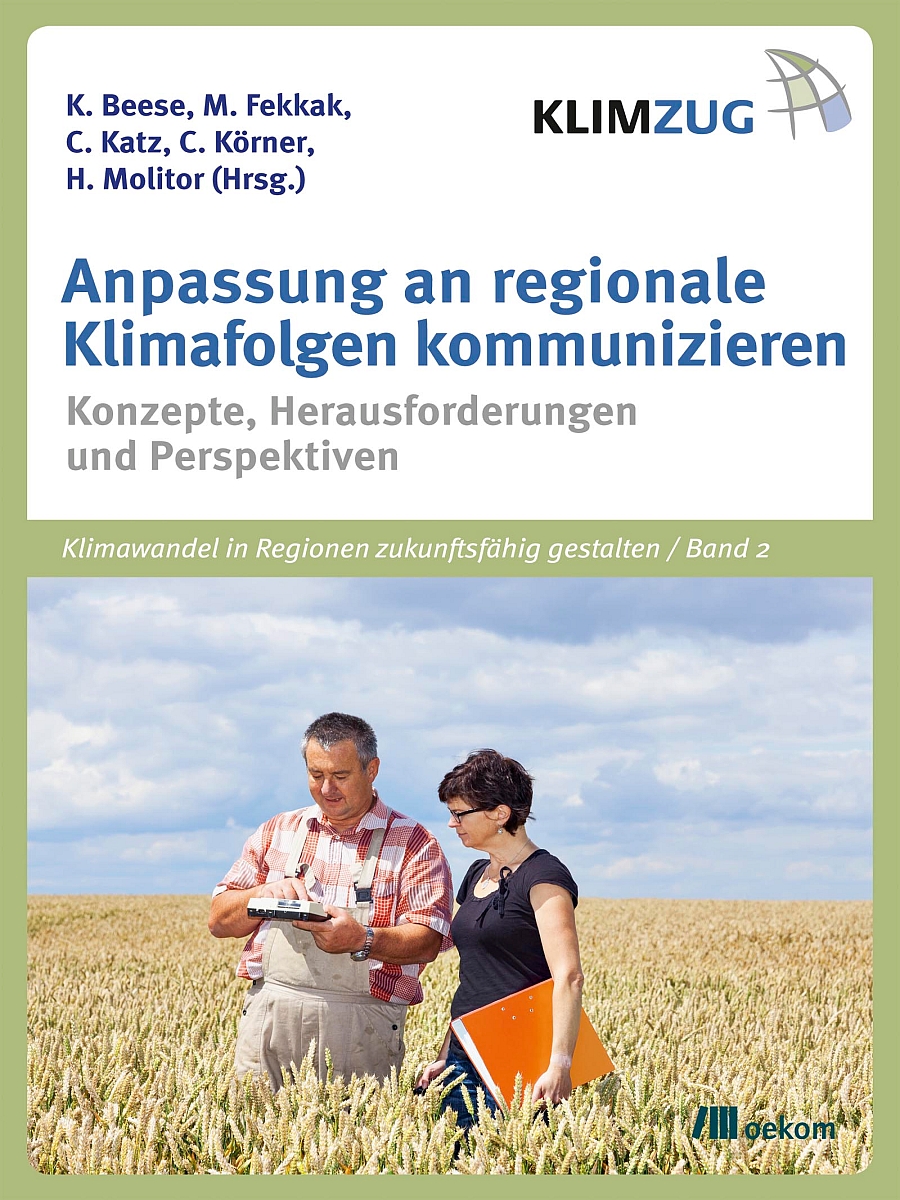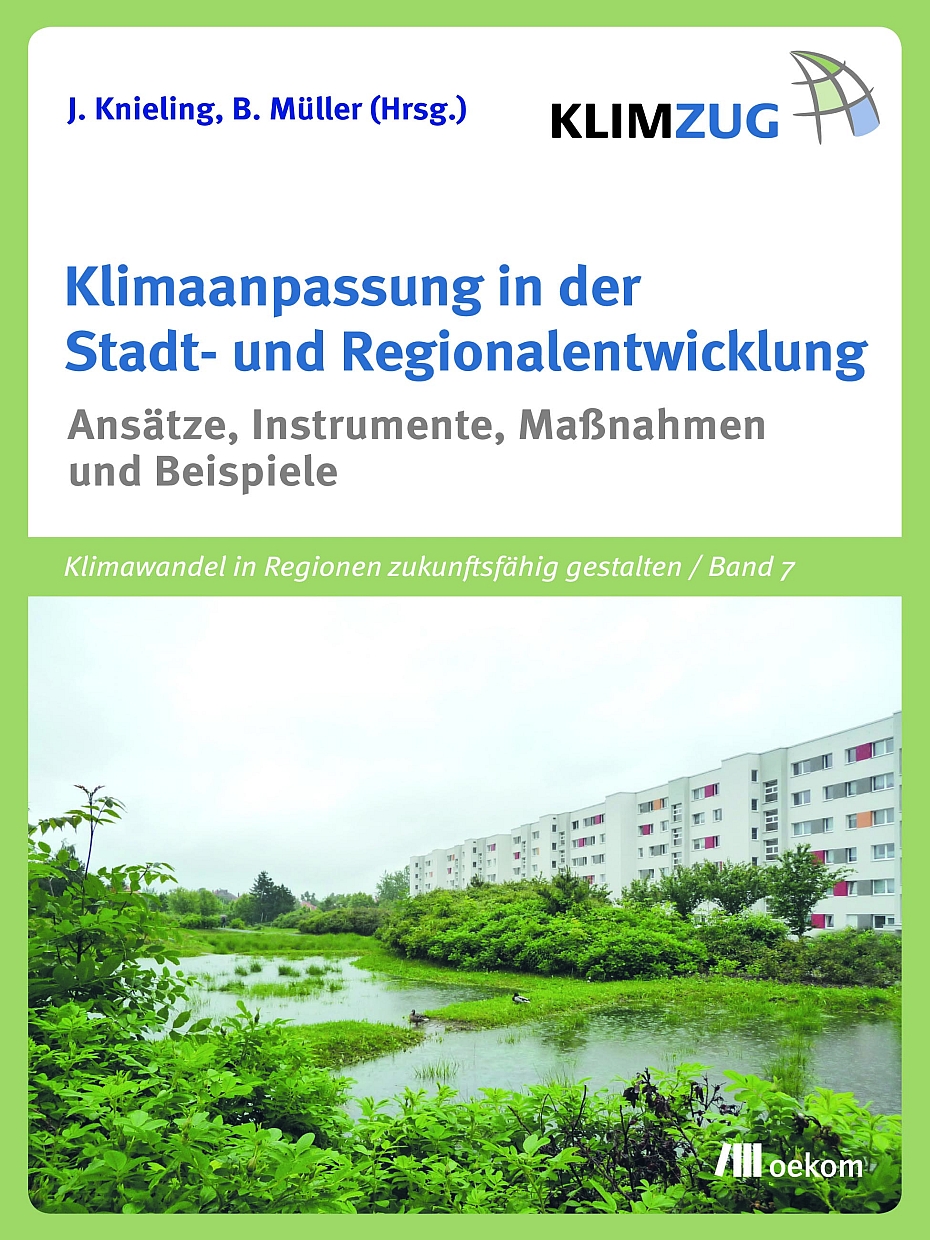
Der Blick über den Tellerrand
Internationale Beispiele der Klimaanpassung
- Publication
- Citation
Stelljes, Nico 2015: "Der Blick über den Tellerrand. Internationale Beispiele der Klimaanpassung.", in: Jörg Knieling and Bernhard Müller (eds.): Klimaanpassung in der Stadt- und Regionalentwicklung. Ansätze, Instrumente, Maßnahmen und Beispiele. [Klimawandel in Regionen zukunftsfähig gestalten Band 7]. München: oekom verlag, 121-141.
What makes adaptation measures successful, and how can they be used as good examples? In his recent article "The view beyond the horizon – International examples of climate adaptation", Dr. Nico Stelljes aims to answer this question using different success factors for the classification of good examples of adaptation to climate change, presenting five examples of adaptation measures. The article was published in the seventh volume of the OEKOM series 'Climate Change within Regions'.
Five different examples are presented in more detail in the article. These deal with artificial wetlands (Sweden), biodiversity (Japan), land-use projects (Estonia), adaptation strategies (Canada) and participation (New Zealand). To evaluate these examples, seven criteria were selected based on adaptation-literature: effectiveness, efficiency objectives, no regrets, participation, cross-sectoral, and transferability. Success factors for the different examples are described. For example, the financial support for farmers was a crucial aspect in the implementation of artificial wetlands in Sweden. In Estonia, political upheaval was an optimal opportunity that could be used for a change of land use. In Japan, the challenge of heat islands was handled with priority on the municipal decision-making level, and thus speeded certain decisions. In adopting a climate adaptation strategy in Saanich (Canada), the community was able to draw from experiences in the field of climate protection. The seven criteria are considered in more detail in the final chapter of the contribution in terms of their importance for successful adaptation examples.
However, the examples presented in the article represent only a small sample of the diverse activities for adaptation to climate change. Extensive further examples are presented in the brochure of Stelljes and Martinez that was published within the project RADOST and served as the basis for this article.





